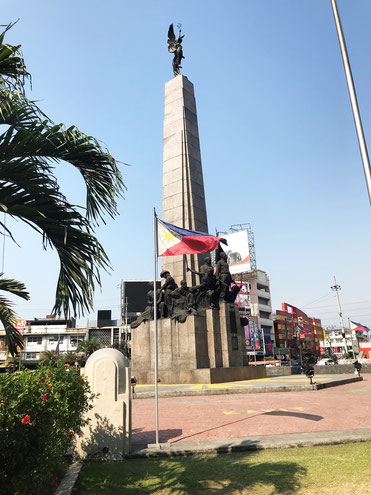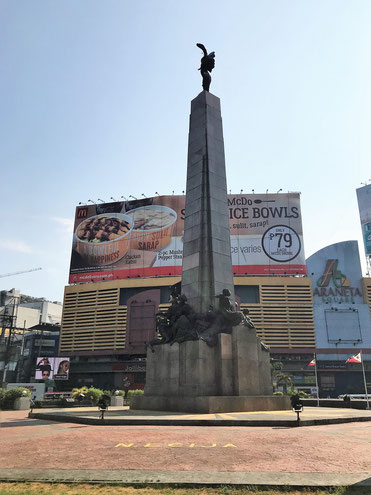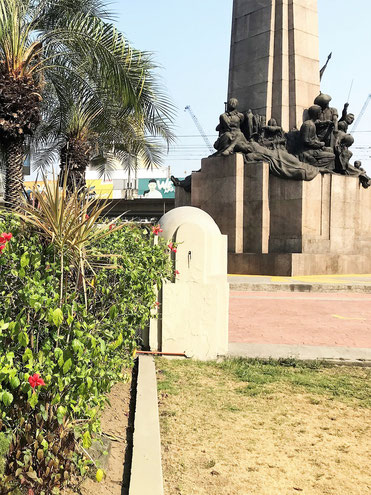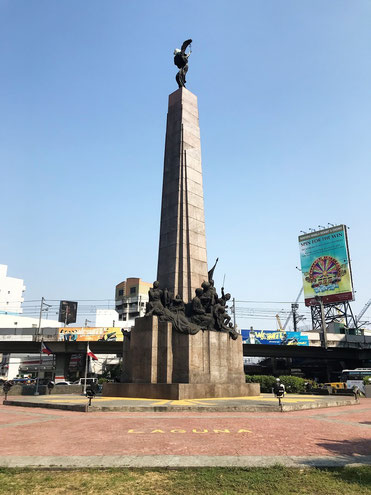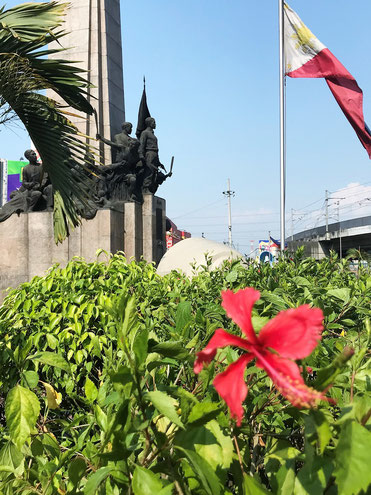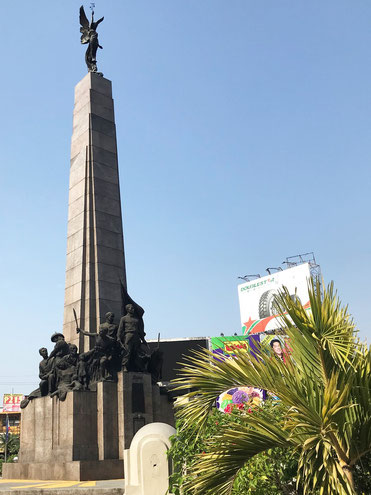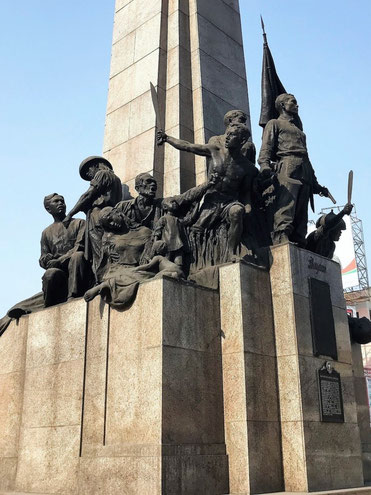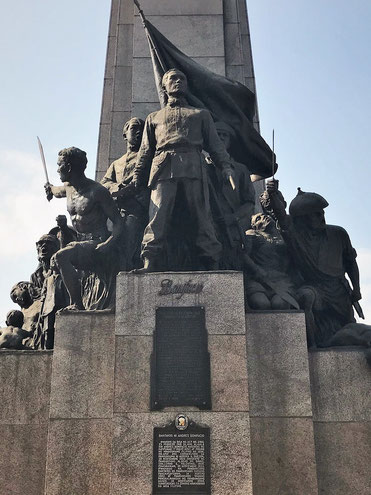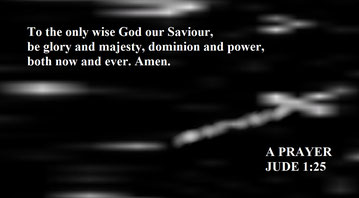ABOUT BONIFACIO
- Andres Bonifacio was born on November 30, 1863 in Tondo, Manila. His father was Santiago Bonifacio and his mother was Catalina de Castro.
- Andres was the oldest among the Bonifacio siblings. His brothers were Ciriaco, Procorpio and Troadio and his sisters were Espiridina and Maxima.
ABOUT BONIFACIO
- Andres obtained basic education from a private tutor named Guillermo Osmena of Cebu. Due to the death of his parents when Andres was fourteen years of age, the Bonifacio family was orphaned. One of the consequences of this traumatic event was the failure of Andres to complete high school education.
- When his parents died, Andres Bonifacio had to work in order to support himself and his brothers and sisters. He sold paper fans. He served as a messenger for Fleming & Company. He also worked as a warehouse keeper in Fresell & Company until 1896, the year when Bonifacio led the Philippine revolution. He possessed traits and skills that were appreciated in the world of work: honesty, hardworking, neatness, ability to speak Filipino and Spanish, and beautiful penmanship.
ABOUT BONIFACIO
- Although Bonifacio was unable to complete his formal education, he was well-read. He thirsted for knowledge which caused him to read a lot of articles and books. He read “La Solidaridad,” the newspaper of the Propaganda movement, and letters of Juan Luna, Marcelo H. del Pilar and Jose Rizal. He read books about U.S. presidents and books about the French revolution. He read Rizal’s Noli Me Tangere, Hugo’s Les Miserables and Sue’s The Wandering Jews. He read books about Filipino and Spanish in order to improve his language skill. Bonifacio was a self-educated man.
- Bonifacio’s first wife was Monica who died one year after their marriage due to leprosy. In 1892, Bonifacio married Gregoria de Jesus, who was to become an active supporter of the revolutionary society which her husband established during the year she tied the knot with Bonifacio.
ABOUT BONIFACIO
- On July 7, 1892, a day after fellow nationalist Jose Rizal was arrested, Bonifacio founded a secret society called the Kataastaasan Kagalanggalangang Katipunan ng mga Anak ng Bayan (Highest and Most Respected Sons of the People), otherwise known as the K.K.K. or the Katipunan at Azcarraga street (now Claro M. Recto avenue), Tondo, Manila. It was a revolutionary society whose aim was to overthrow the Spanish colonial government in the Philippines and to establish an independent Philippine state.
- The original members of the Katipunan were: Andres Bonifacio, Valentin Diaz, Teodoro Plata, Ladislao Diwa and Deodato Arellano.
- Members were recruited, but the society grew slowly during its early days. New members were required to pay an entrance fee, to undergo initiation rite, to swear allegiance to the society and to sign the Katipunan membership register with their own blood. The members were assigned a rank or grade and these ranks or grades were: katipon (associate), kawal (soldier) and bayani (patriot). By 1896, the Katipunan had tens of thousands of members in Manila, Central Luzon and Southern Tagalog as well as in other islands of the country.
- In order to keep the society intact and to achieve its revolutionary goal, Bonifacio wrote “The Duties of the Sons of the People,” a decalogue of the Katipunan. Members were expected to perform, strictly, their duties and responsibilities. Bonifacio also adopted Emilio Jacinto’s Kartilla, the primer of the Katipunan.
ABOUT BONIFACIO
- On August 19, 1896, an employee of a publication named Teodoro Patino reported the existence of the Katipunan to Father Mariano Gil, who, in turn, provided the Spanish authorities the evidence of its existence. Mass arrests followed. On August 23, Andres Bonifacio and his fellow katipunero (revolutionaries) went to Pugad Lawin and gathered at the yard of Juan A. Ramos, the son of Melchora Aquino. (Aquino was an old woman who provided all kinds of support to Katipunan members and her stature as a Filipino patriot grew to legendary proportions.) The meeting was held and the katipunero made their decision to fight for independence. They tore their cedula (residence certificates) as a symbol of their defiance and they shouted: "Long live Philippine independence!” This was known as the “Cry of Pugad Lawin.”
- The fight for Philippine independence was on and the Spanish forces continued their hunt for Katipunan members. The Spanish forces were winning the battles, forcing Bonifacio and his men to retreat. Meanwhile, in Cavite, the rebel forces led by Emilio Aguinaldo was winning the battles against the Spanish forces.
ABOUT BONIFACIO
- It was clear from the battles won and lost by the katipunero (revolutionaries) that Emilio Aguinaldo was a good military tactician while Andres Bonifacio was not.
- In March, 1897, a convention was held in Tejeros, Cavite. An election of officers was held, and Emilio Aguinaldo emerged as the president while Andres Bonifacio was elected director of the interior. A certain Daniel Tirona questioned the credential of Bonifacio as director of interior to which Bonifacio responded by voiding the results of the convention election.
- Later, Bonifacio wrote a document called “Acta de Tejeros” which contained the reasons why the events at the Tejeros convention was invalid.
- With his rejection of the results of the election during the Tejeros convention, Bonifacio became a target of political intrigue. Complaints were filed against him. He was arrested, tried in a kangaroo court, found guilty of treason and, then, executed on May 10, 1897.
A Final Note: Andres Bonifacio is considered a hero of the Philippines by Filipinos of today. And there are many Filipinos who think that Andres Bonifacio should be the national hero of the Philippines instead of Dr. Jose Rizal.


